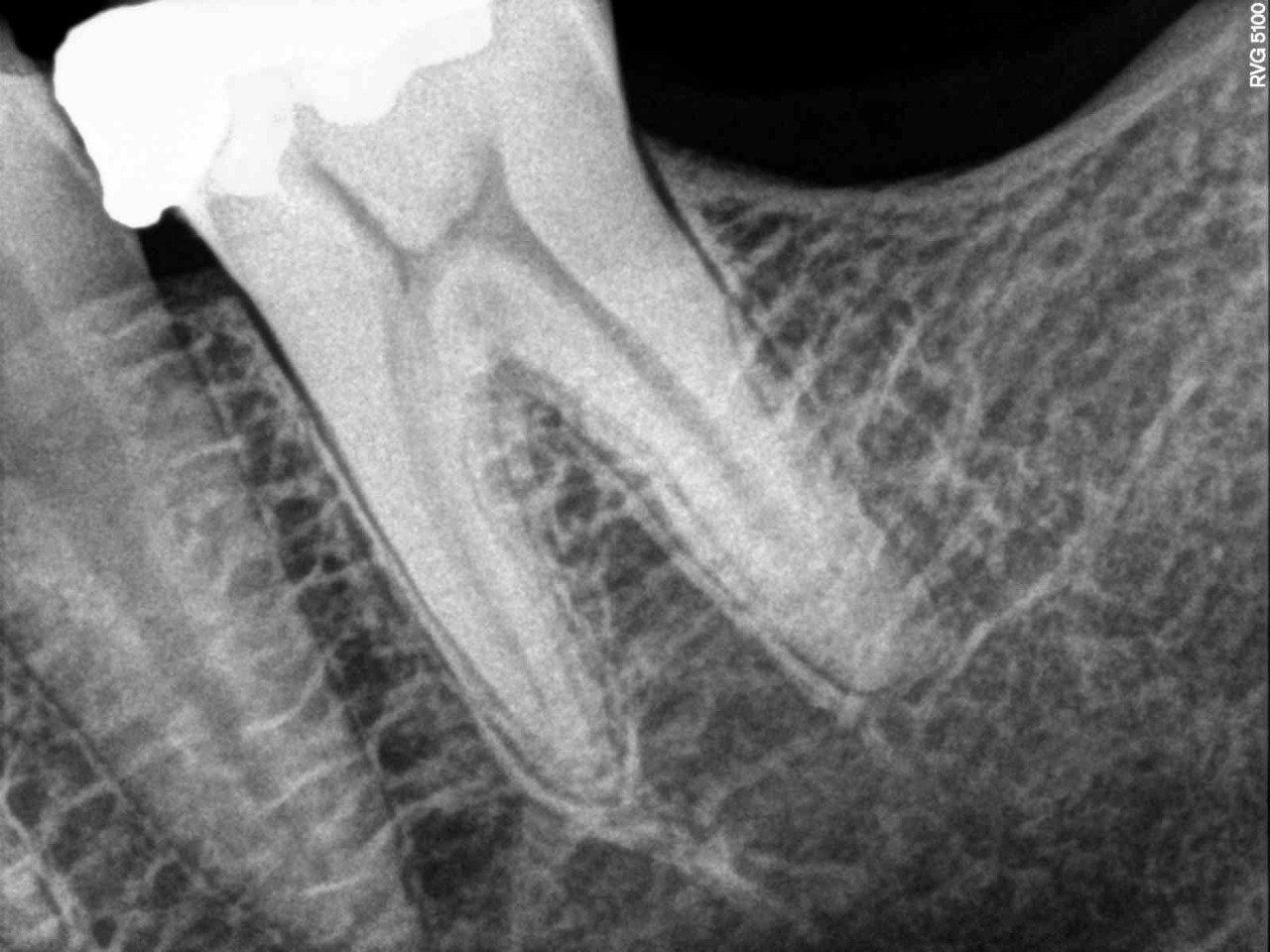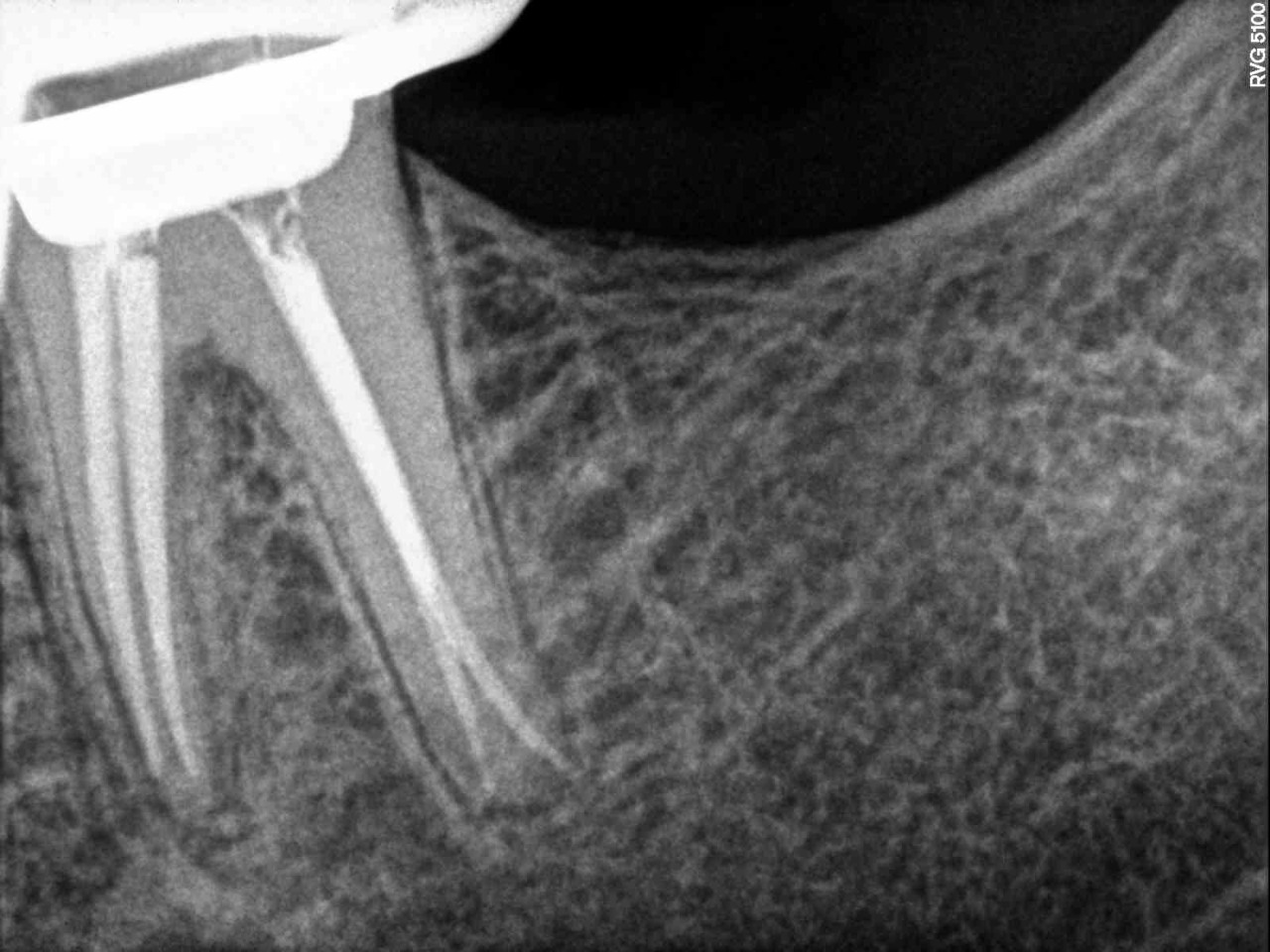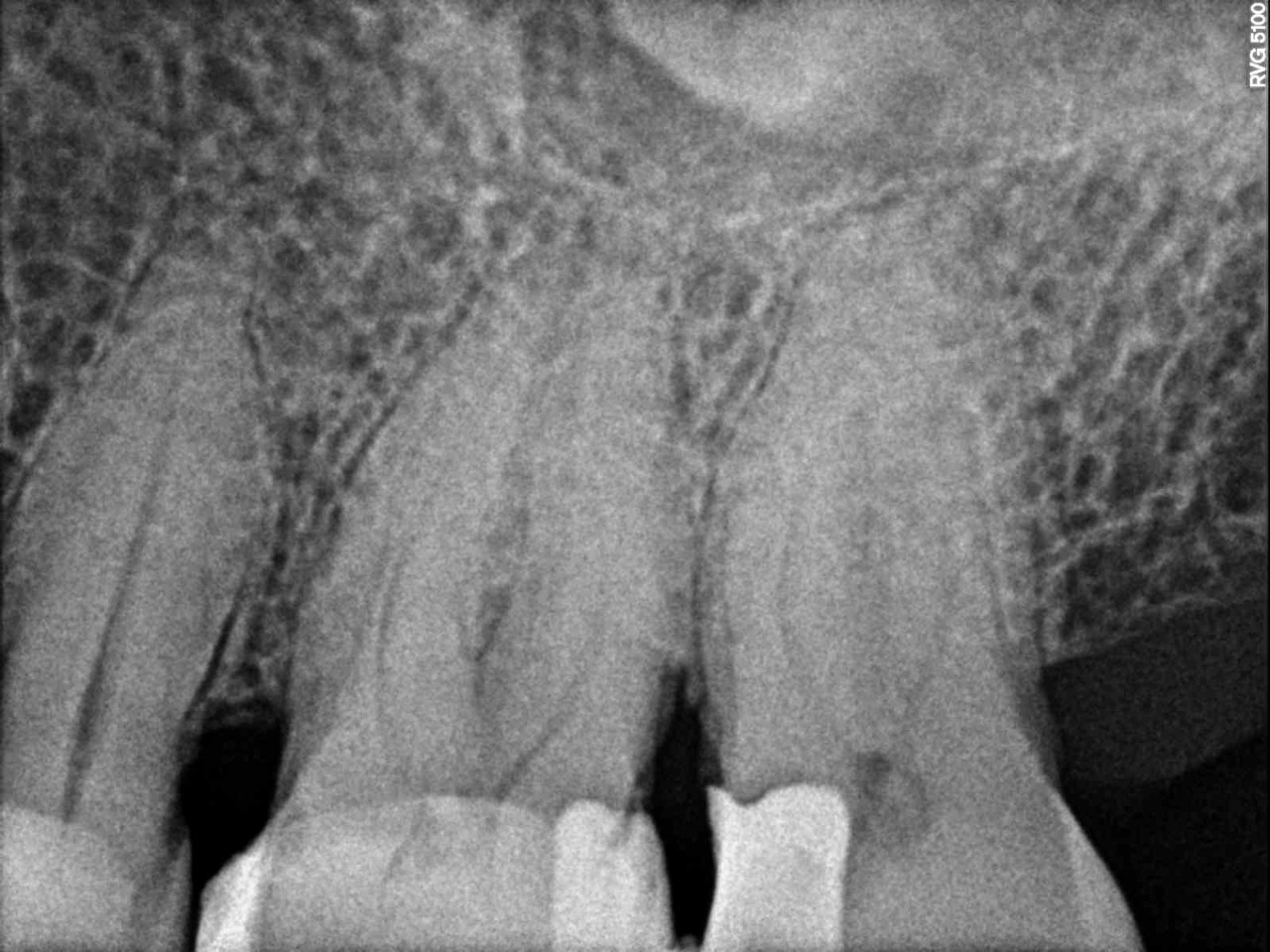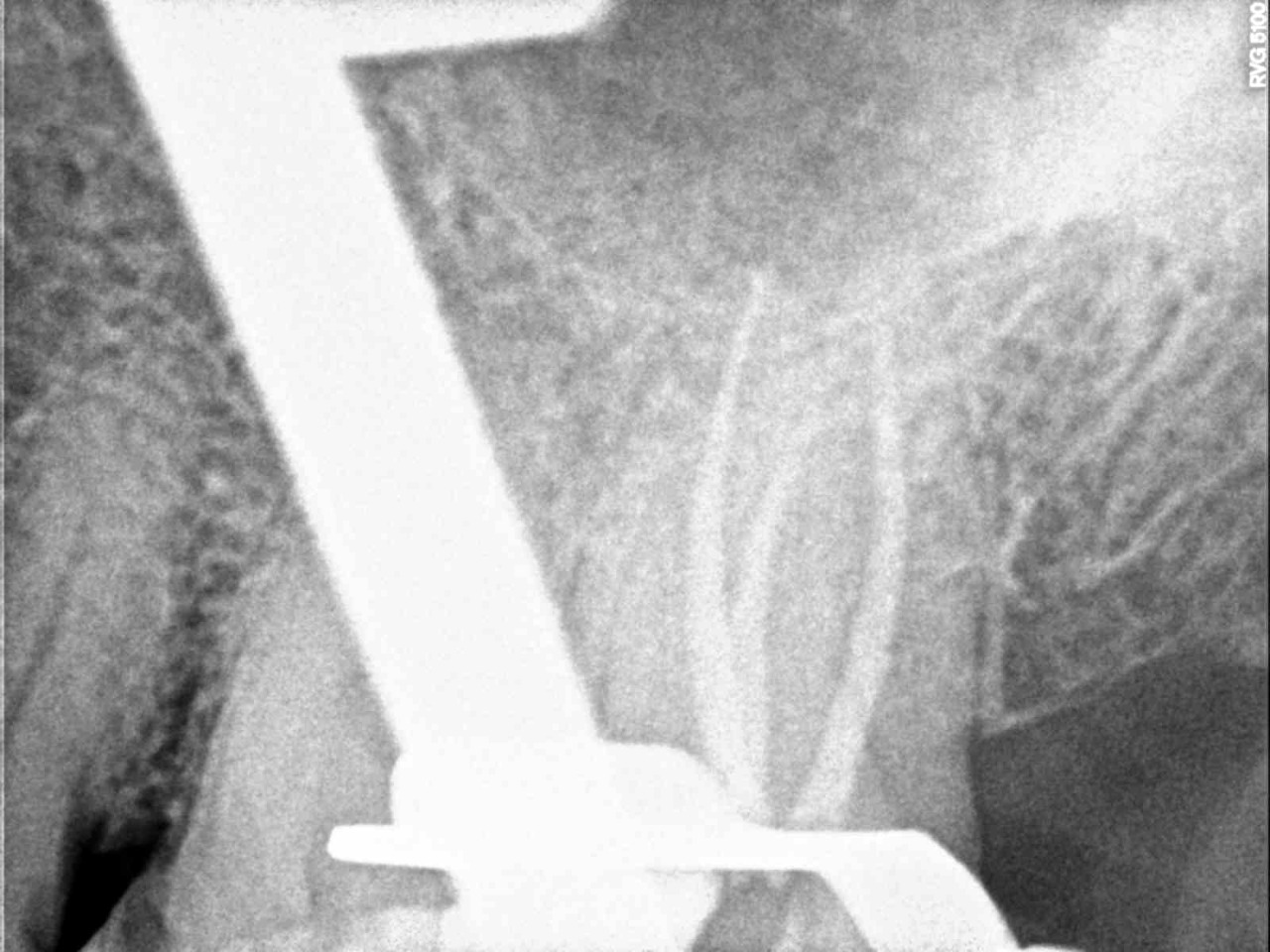When cavities in teeth are either not detected, or fillings in them are delayed, it may lead the decay to invade into the deeper layers of the tooth until it involves the nerve. Once the decay reaches the nerve of the tooth, just a filling will not suffice and now a root canal treatment is warranted.
A root canal treatment involves cleaning out the decay of the tooth along with the infected nerve. This nerve, which is present at the core of the tooth extends right up to the tips of the roots and is housed in canals within the root part of the tooth. Hence the name root canal treatment. Once the canals are cleaned out and disinfected, they are sealed, and the treatment is completed. Unlike popular belief, root canal treatments are pain relieving treatment rather than painful treatments.
Root canal treated teeth may often need a crown to restore the lost structure of the tooth.
What is a Root canal treatment?
A root canal treatment is needed to repair and save a tooth that is either badly decayed or has become infected. During a root canal treatment, the nerve of a tooth which has become the source of the infection due to decay is removed and the inside of the canals are cleaned, disinfected and sealed.
Is the procedure painful?
No. With Suitable pre-medication and local anesthesia as well as use of today’s available techniques and gadgetry, RCT is a painless procedure, especially if done by an experienced ENDODONTIST (Root canal specialist).
Is it necessary to do a root canal procedure? And why can’t we just do a filling?
When a tooth’s nerve tissue also known as the pulp is damaged, it breaks down and bacteria begin to multiply which can cause an infection or an abscess. An abscess is a pus-filled pocket that forms at the end of the roots of the tooth. If this infection is not treated pus keeps on accumulating and leads to bone loss. The only way to remove the pus and clean the infection is through either a root canal procedure or worse, by removing the tooth. A filling will only increase the pressure and pain and will lead to more pus accumulation and bone loss.
How many visits does a RCT require?
It depends on the amount of infection and bone loss present. Usually with very minimal infection 2 to 3 sittings are required. However, if there is a huge infection the number of sittings and the duration of treatment increases.
Is an RCT expensive?
The only alternative for RCT is extraction. Compared to the cost of replacing the extracted natural tooth, RCT is more economical.
Is a cap(crown) needed after an RCT procedure?
It depends on the amount of tooth structure that was decayed. In most cases a crown or a half crown (inlays, onlays) are given in order to restore the form and function of the tooth as well as to minimize the risk of fracture.
How can I avoid a RCT in the future?
Regular checkups with the dentist help to identify decay at early stages before it reaches the pulp(nerve). Decay on the superficial layers of the tooth (i.e Enamel and Dentin) can be easily filled. But once the decay reaches the Pulp you start experiencing pain and then the only option is to do an RCT. Hence, there should be no delay or neglect in dental treatment.






